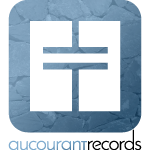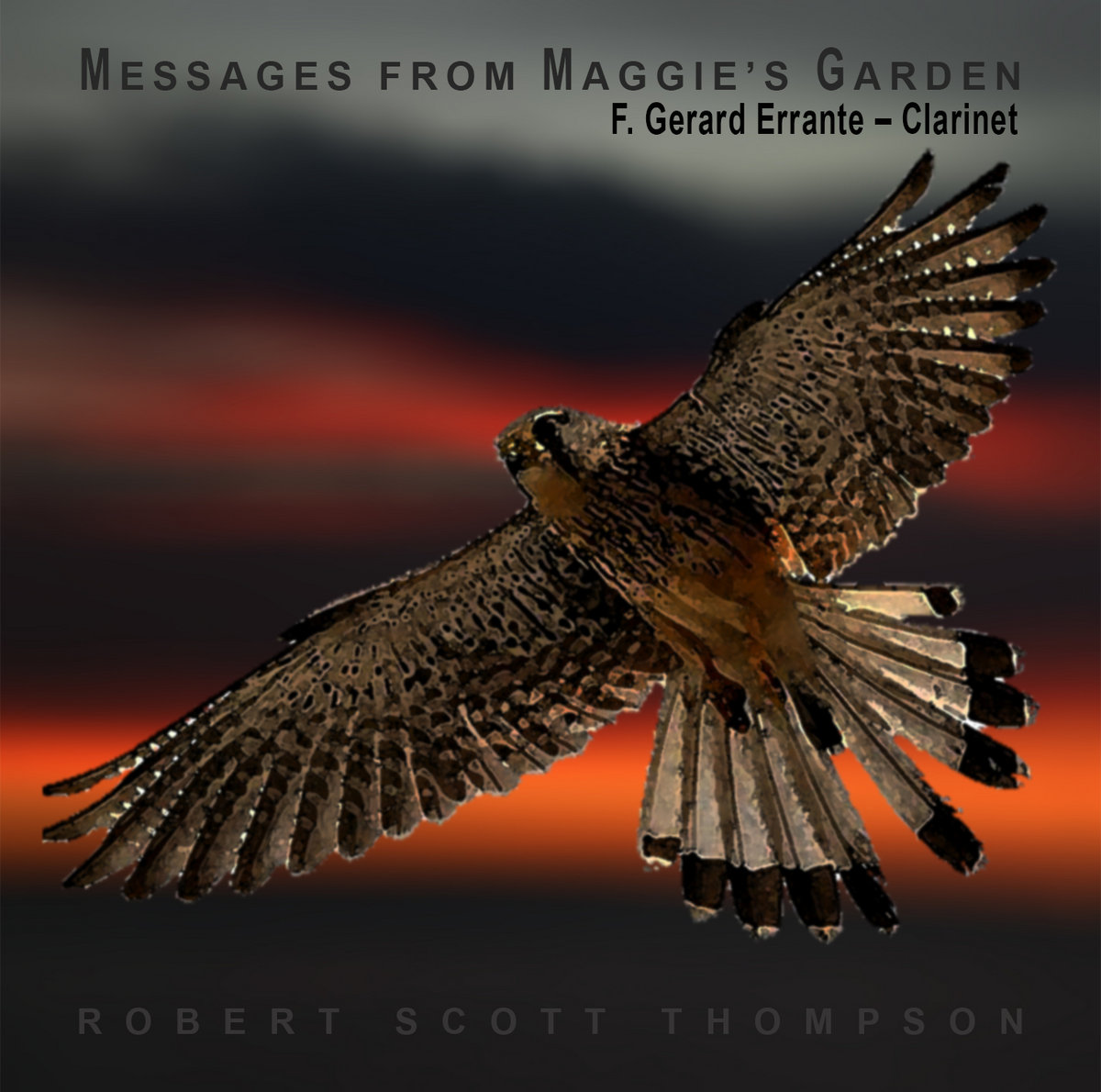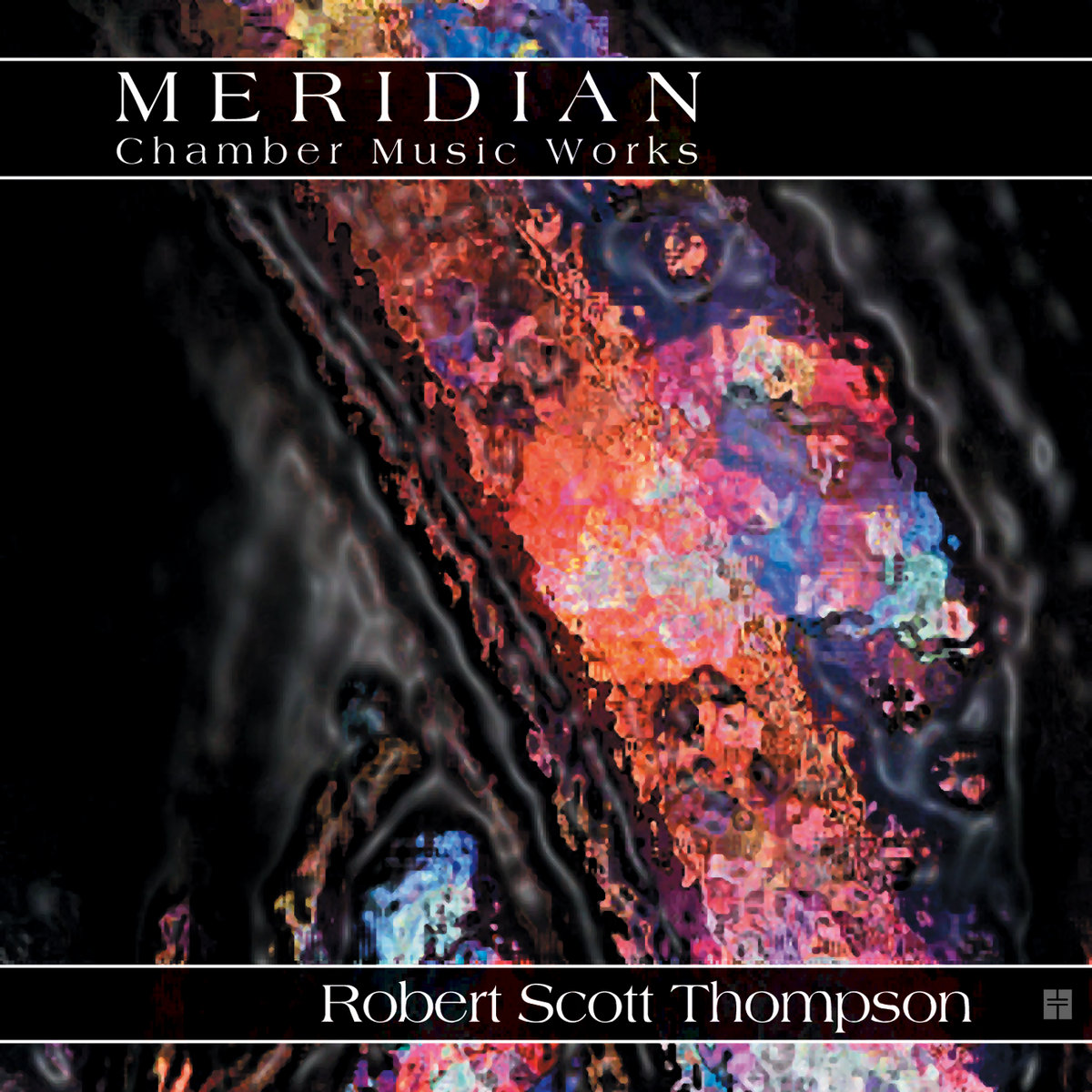Robert Scott Thompson — 2007
7 Tracks
Sorry, no results.
Please try another keyword
- Avant-garde ClassicalJános Négyesy and Päivikki Nykter
- Avant-garde ClassicalJános Négyesy
- Avant-garde Classical
- Avant-garde Classical
- Avant-garde Classical
- Avant-garde ClassicalJános Négyesy and Päivikki Nykter
- Avant-garde ClassicalCraig Hultgren
00:00







Reviews